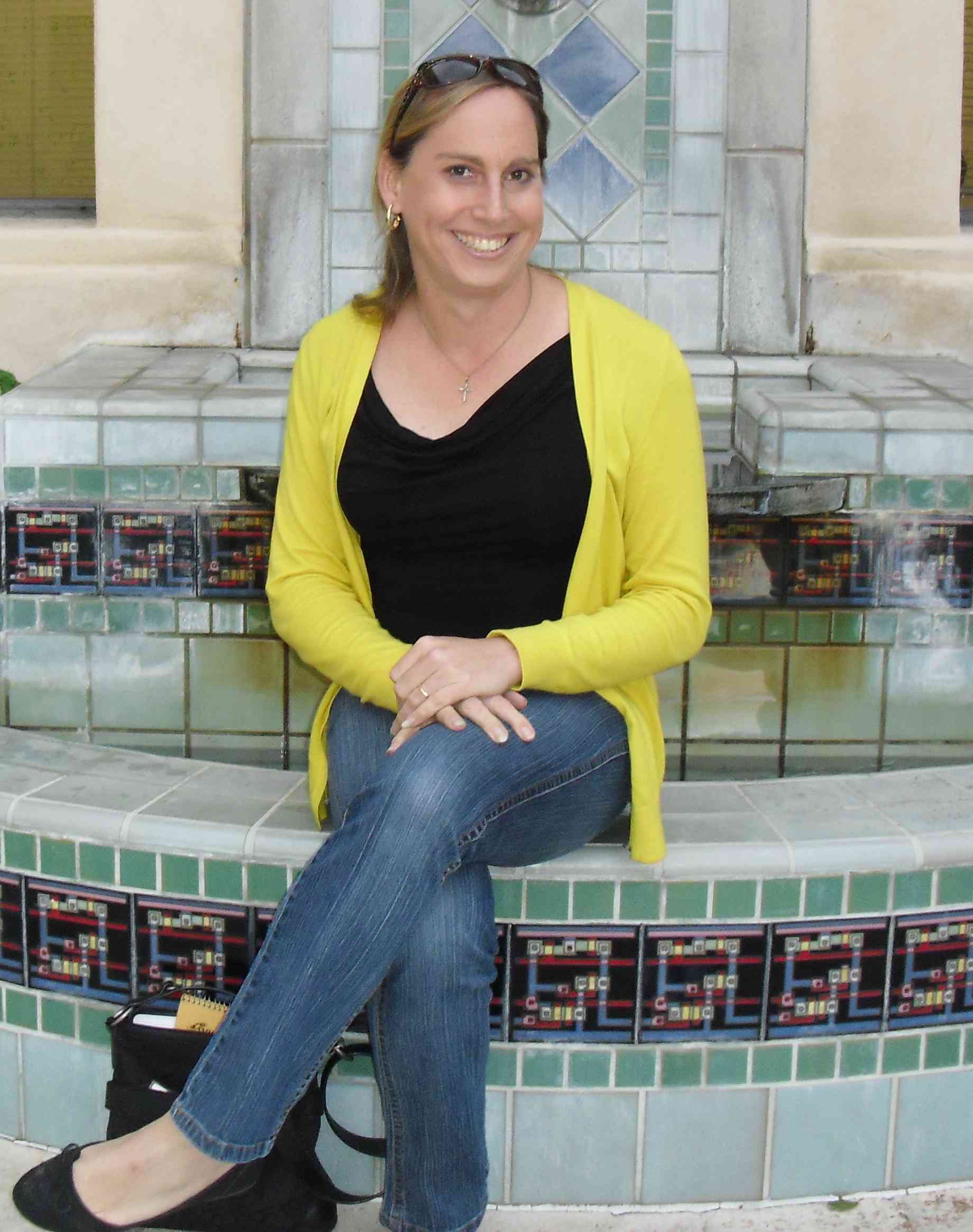|

Is that layout on those tiles?
2021 Virtual
Telluride Neuromorphic Workshop
|
Welcome to the ICE Laboratory Site @ GT
The lab has two current focus directions:
- Programmable and configurable,
analog and digital,
circuits, signal processing, algorithms, and systems
- Neuromorphic Engineering
From these two areas of focus, we research
signal processing,
analog and digital integrated circuits and systems design,
computational neuroscience,
nonlinear dynamics,
and
CMOS device physics.
Lead Professor: Dr. Jennifer Hasler
Topically Organized Publications
Recent Courses Taught
Potential Senior Design /
Graduate Special Problems
directions
Recent
article
on the importance of the Faculty--Ph.D. Student Mentoring Relationship
(GT press: April 11, 2016)
Some background on my former graduate students
Some of Dr. Hasler's personal thoughts (under construction)
|
"if you build it, you understand it.
And if you understand it, you can build it" -- Carver Mead
|
Programmability and Configurability
|
Physical and Neuromorphic Computation
|

|
|
Neuromorphic Systems: have
systems based on neuroscience,
to perform biological like tasks,
including robotics,
and thereby contribute to neuroscience understanding.
|

|
|
- Large-Scale Field-Programmable Analog Array (FPAA)
Overview
in IEEE Proceedings [1].
- Potential Capabilities of FPAA devices that includes tradeoff between Flexibility and Cost.
Invited paper at CICC 2022.
Journal paper
(JPLEA 2022)
focusing on the impact for Neural Networks and Neurally Inspired Systems.
Video
on FPAA opportunities.
- Short SoC FPAA
Video
Introduction by Sihwan Kim, Aishwarya Natarajan, and Sahil Shah
- Overview Talk:
"Historical Perspective on Floating-Gate Circuits for Neuromorphic Engineering"
(link),
December 1, 2020.
Future of FPAA Opportunities:
video
traditional
-
First System on Chip (SoC) FPAA
Integrated Circuit [2]
- Virtual Version of our FPAA
workshops
formed around the SoC FPAA
- FPAA design Scilab / Xcos tools [3]
-
Impact of programmable FG circuits on analog IC design:
video
Potential of Programmable and Configurable FPAAs towards RFIDs:
video
-
FPAA design tool inspiration towards potential Analog Standard Cell development:
paper &
video
[4]IEEE link.
- Download FPAA tools / Ubuntu VM
- Further SoC FPAA papers & resources
- Press articles on the SoC FPAA and infrastructure
from
Electronic Products [5]
and
GT press [6].
- Download FPAA Board Design Files
|
- Initial Physical
Analog Computation Framework [1].
You can watch the presentation from ICRC 2016 conference at this
link .
This presentation was the first talk given at the
first rebooting computing conference (ICRC).
Physical Computing
Foundational
Journal
paper [1a],
Conference paper [1aa],
video
and technical introduction
video.
- Talk at IEEE Quantum Computing Week (Oct 2020):
Analog AI for Cryo Quantum
First Floating-Gate Circuit Demonstration at Cryogenic (T=4K) temperatures:
video
(paper) [1b].
- Further Physical Computing papers & resources
-
IEEE Spectrum Roadmap
Discussion [2],
and
Neuromorphic Roadmap paper [3].
- Further Neuromorphic papers & resources
|
References :
[1] J. Hasler, "Large-Scale Field-Programmable Analog Arrays,"
Proceedings of IEEE , 2020.
[2] S. George, S. Kim, S. Shah, et. al,
"A Programmable and Configurable Mixed-Mode FPAA SOC,”
IEEE Transactions on VLSI, 2016.
[3] M. Collins, J. Hasler, and S. George,
"An Open-Source Toolset Enabling Analog–Digital–Software Codesign,"
Journal of Low Power Electronics Applications, January 2016.
[4] J. Hasler,
“Defining Analog Standard Cell Libraries for Mixed-Signal Computing enabled through Educational Directions,”
IEEE ISCAS, May 2020.
[5] Electronic Product Magazine, March 21, 2016.
"New analog chip uses 1,000 times less electrical power (and can be built a hundred times smaller) than comparable digital devices"
[6]
http://www.rh.gatech.edu/news/508791/configurable-analog-chip-computes-1000-times-less-power-digital
|
References :
[1] J. Hasler,
“Opportunities in Physical Computing driven by Analog Realization,”
IEEE IC Rebooting Computing , San Deigo, October 2016.
[1a] J. Hasler and E. Black,
``Physical Computing: Unifying Real Number Computation to Enable Energy Efficient Computing,''
JPLEA, February 2021.
[1aa] E. Black and J. Hasler, GOMAC 2020.
[1b] J. Hasler, N. Dick, K. Das, B. Degnan, A. Moini, and D. Reilly,
"Cryogenic Floating-Gate CMOS Circuits for Quantum Control,"
IEEE Transactions on Quantum Electronics, 2021.
[2] J. Hasler,
"We could build an artificial brain right now,"
IEEE Spectrum , June 2017.
[3] J. Hasler, H. B. Marr,
"Finding a Roadmap to achieve Large Neuromorphic Hardware Systems,"
Frontiers in Neuroscience, vol. 7, no. 118, September 2013. pp. 1-29.
DOI=10.3389/fnins.2013.00118
|
|